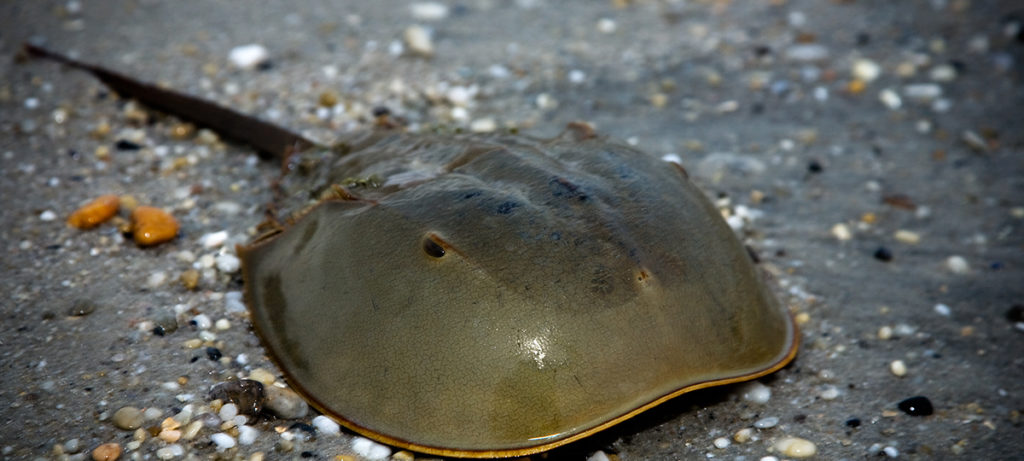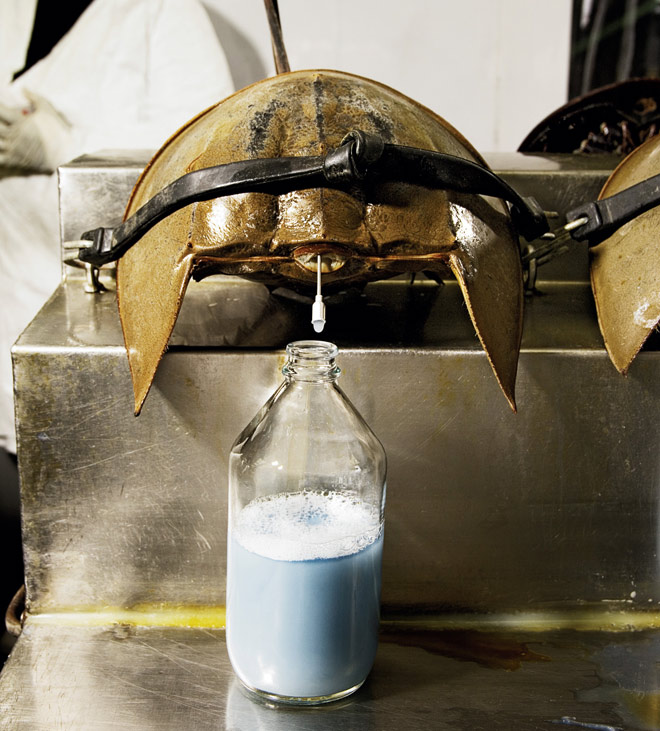
The Blood of This Crab Comes with A Price of Whopping 10 Lakh per Litre, Here is Why?
What may come as a surprise to you, but a particular species of Crab’s blood costs thousands of dollars for one litre. Why you ask?
Their distinctive blue blood is used to detect dangerous Gram-negative bacteria such as E. coli in injectable drugs such as insulin, implantable medical devices such as knee replacements, and hospital instruments such as scalpels and IVs.

Components of this crab blood have a unique and invaluable talent for finding an infection, and that has driven up an insatiable demand. Every year the medical testing industry catches a half-million horseshoe crabs to sample their blood.
However, the invaluable Crab may be endangered due to this practice of draining the blood out of it. Though, it’s not drained all the way to its death. Scientist drains the Crab for one-third of its blood, however after being caught and transported in hot condition, compared to what there natural habitat, which is in the water.

Then they strapped to a table and middle is used to drain blood from then, after such procedure does these crabs stay alive after they get back in the water.
It’s a concern of may scientist, as no one knows what happens to them after they are put back in the water after such a harsh process away from there natural habitat. Do they make it, or they die slowly.
Scientists like Owings and Win Watson, who teaches animal neurobiology and physiology at the University of New Hampshire, are trying to get to the bottom of it. They’re worried about the toll on the creatures, from the amount of time crabs spend out of the water while in transit to the extreme temperatures they experience sitting on a hot boat deck or in a container in the back of a truck.

We, humans, are a brilliant creature, we have the ability to think and take decisions more rational than any creature on the planet. It’s our duty to find a better way, because if we failed to recognise a problem if there is one. It could be very, and history is proof of that.